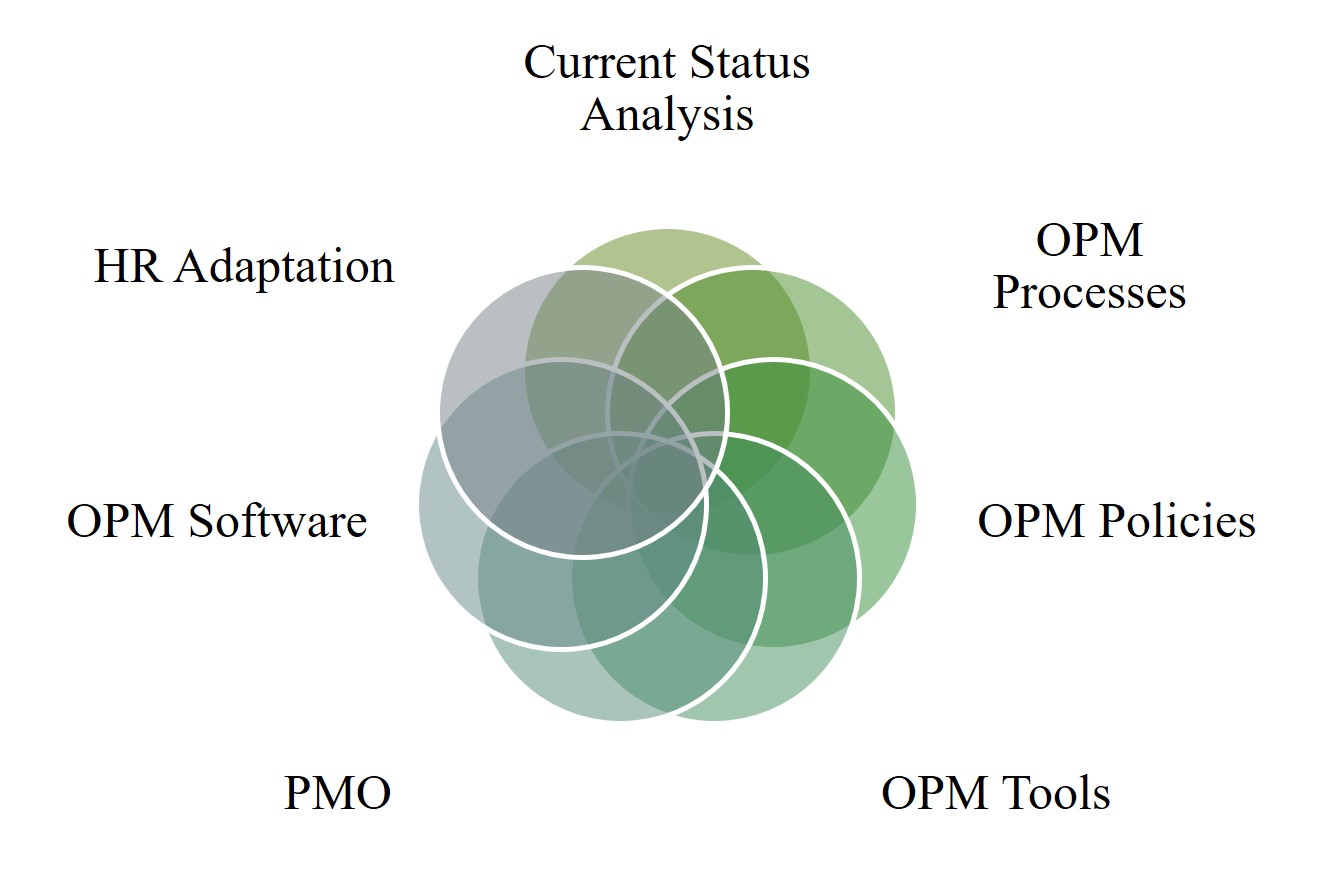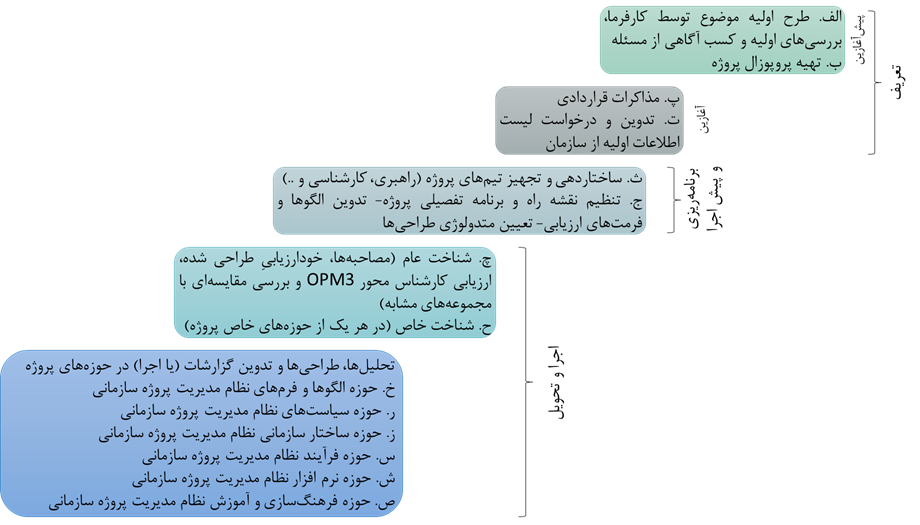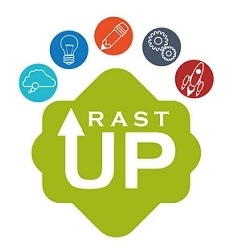 Projects
Projects
Business School
| Where | When | Role |
| Mostazafan Foundation | 2014-2015 | Head of the project |
The process of defining and delivering the outputs of the “Organizational Project Management System” in the Arvand Free Zone Organization was structured and executed in three main phases. This structured approach ensured a seamless transition from initial discussions to final delivery, aligning with the organization’s strategic objectives and operational requirements.

The defining phase contained two steps:
The pre-initiation step which primarily focused on activities before contract execution and included two key components:
- Initial negotiations and meetings to gain a comprehensive understanding of the project’s subject and scope.
- Development of the project proposal, which broadly outlined six key operational areas relevant to the project.
The initiation step, that following the employer’s initial approval of the proposal, contractual negotiations were pursued. Simultaneously, based on prior experiences and the initial understanding of the employer’s organization (and the defined project), efforts were made to define and organize a set of fundamental informational categories. This structured information served as a foundation for collecting and providing essential data about the organization and the project’s domain.
The planning and pre-execution phase encompassed several key actions:
- Developing a detailed project plan, including tasks, timelines, and sub-processes.
- Structuring and equipping project teams, comprising three core groups: leadership, scientific, and operational teams.
- Drafting methodologies, templates, and specialized forms necessary for project execution, prepared either before or during the implementation phase as needed.
The execution and delivery phase consisted of two interconnected sub-phases:
- Assessing the organization, its project management system, strengths, weaknesses, and other relevant general and specialized aspects.
- Conducting analyses, designing solutions, preparing reports, and implementing necessary components across various project domains, including templates and forms, policies, organizational structure, processes, software, and training programs for project management system adoption within the employer’s organization.

